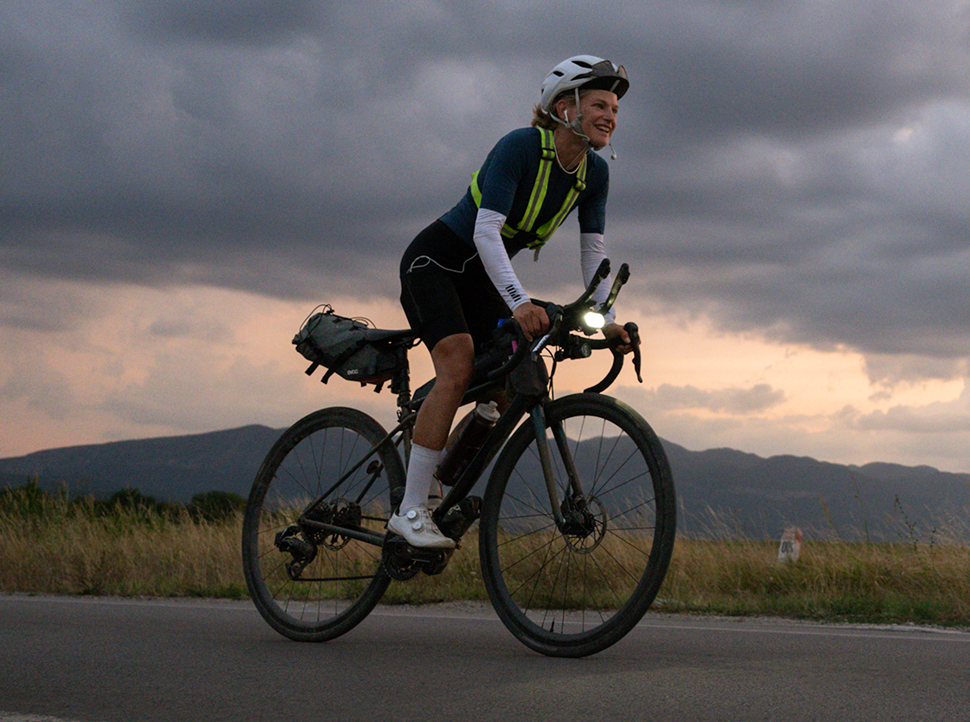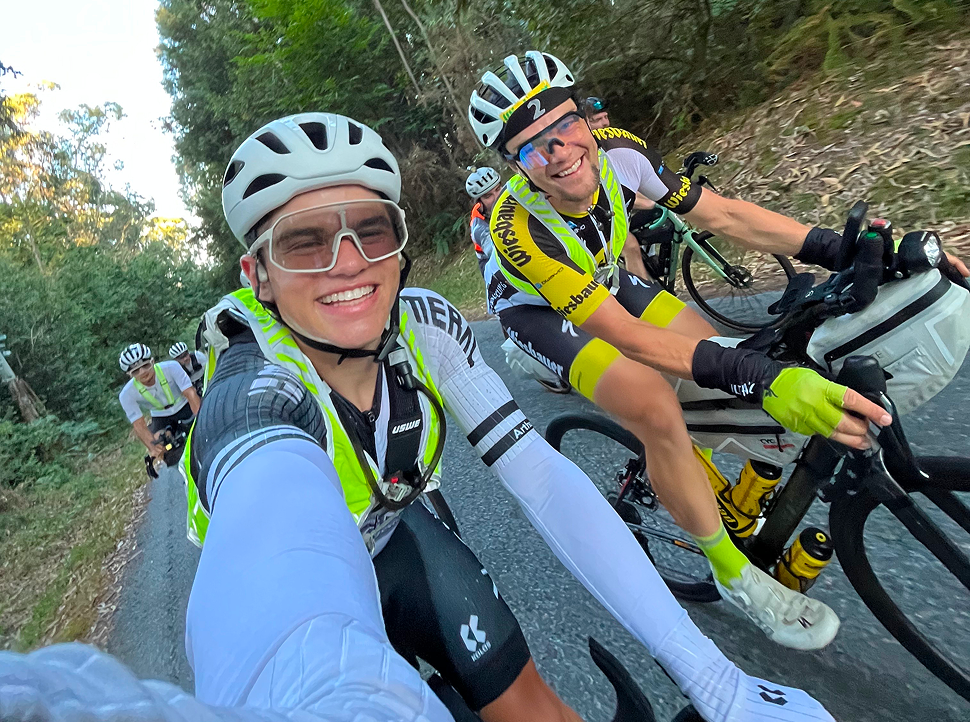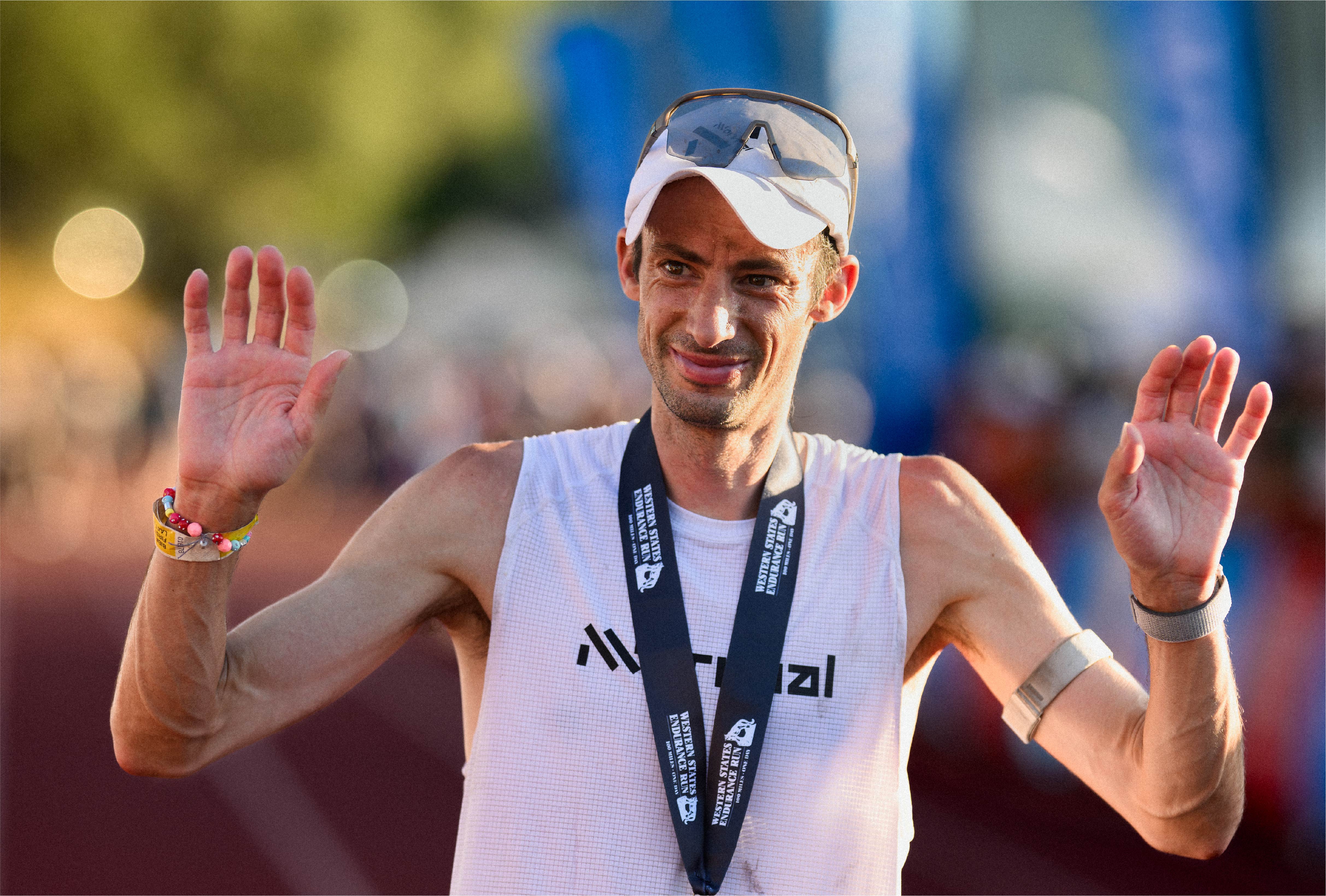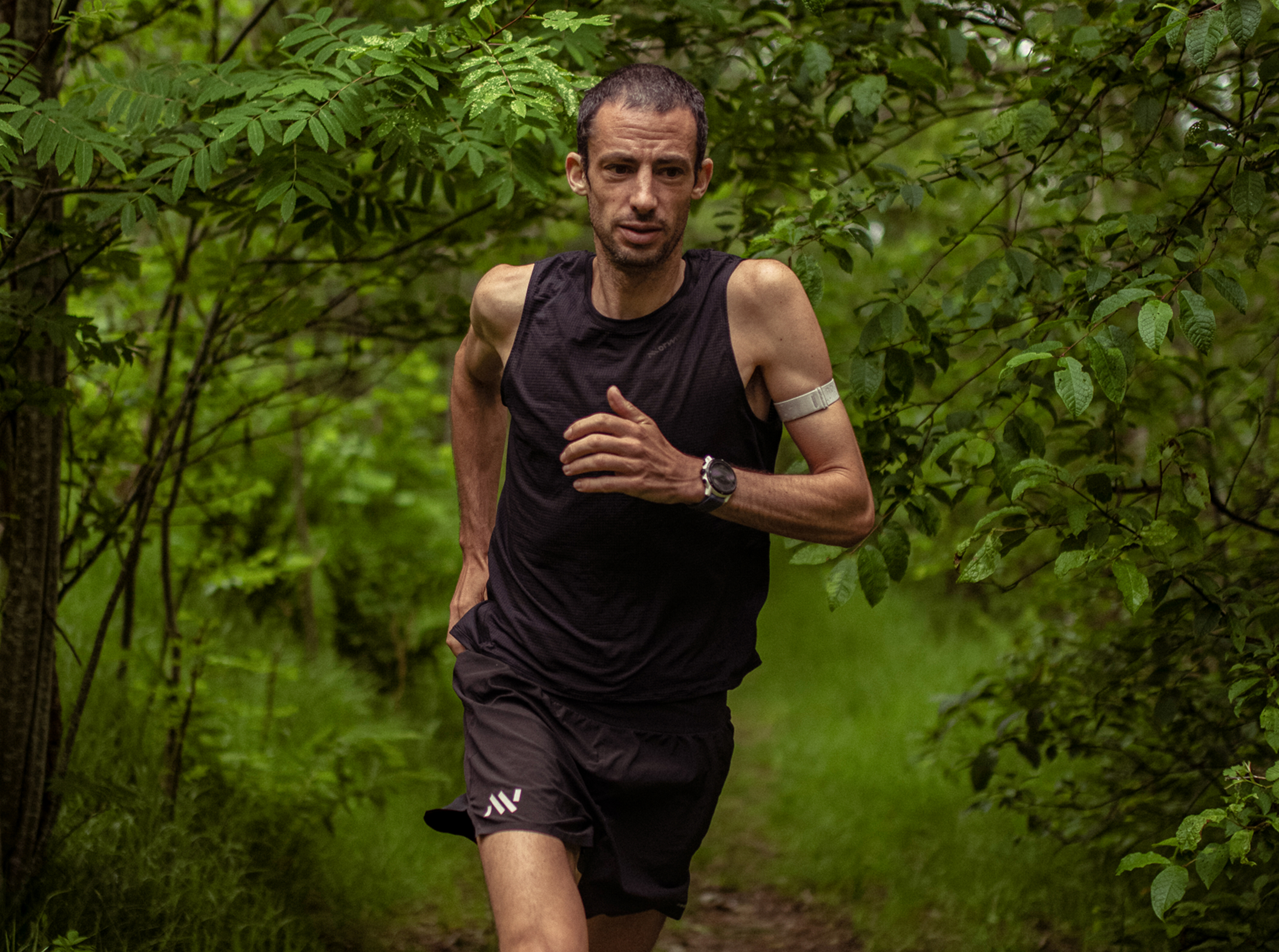The London Marathon is the peak of European marathons in the spring. One of the six marathon majors, it brings out the best in elite runners. UK's very own Phil Sesemann is one of those elite runners that put this race as the focus of his 2023 season. Following an aggressive training block, Phil was able to run a 2:10:23 and secure 8th place overall at the 2023 London Marathon. How did Phil go about running so fast? His training block and data can be viewed below as COROS provides a complete analysis of his training leading into race day!
Phil's watch: COROS Pace 2
Analysis: COROS Training Hub
London 2023 Training

Athletes can view their total volume within the COROS Training Hub
During the 24 weeks leading up to London, Phil could log 3979 kilometers while averaging a 4'07" min/km pace! This volume equates to 165.80 km/week during this time. When we look at elite runners, there is always one thing they have in common. The ability to continuously put in more extensive volume weeks to improve their overall aerobic base! For amateur's looking into this article, note how Phil averaged a 4'07″min/km pace squarely in his aerobic endurance zone. Most of his kilometers were easy, but he was able to put forth a vast amount of training leading up to London!
Build in Fitness

Base Fitness allows athletes to see trends in fitness over time.
While Phil's volume is noteworthy, it should also be stated that he started his London build on Jan 16th. Allowing his off-season to finish appropriately, Phil began his build and quickly built his Base Fitness from 108 to 151 at its peak. Base Fitness is a 42-day rolling average of your Training Load. During the build, Phil could train longer and harder as his body became acclimated to the stress. This is the tool/chart you'll want to watch closely for athletes looking to ensure proper training and build fitness!
Training Intensities

COROS Education: Athletes can see where they spend most of their time training through the Pace Zone Distribution Chart.
When starting training, athletes want to build a base to sustain harder, more specific training later. When looking at Phil's intensity zones, he got 52% of his total training in Zone 1 from 24 weeks out until race day. As we get closer, however, you can see Zone 2 (Aerobic Power) increase. Many elite athletes will race a marathon in their Aerobic Power zone, requiring more specific training at this intensity. By four weeks out, Phil had only 23% of his training in Zone 1, 43% in Zone 2, and 18% in Zone 3 (Threshold). The other small portions were higher-end efforts to ensure turnover, and VO2 max was where he wanted them! This is an excellent example of a progressive build that mirrors the overall effect of his Base Fitness chart.
London Taper

Training Status shows fatigue and how ready an athlete is for peak performance.
With any good training plan, there is always a taper! Athletes often need to learn how to taper correctly or when to start. COROS allows athletes to see how their fatigue trends as they get closer to race day. Mixing your Base Fitness with your Training Status provides an overall look at how the two match up. In Phil's case, another fantastic representation of using data to your advantage! Phil was able to maintain a high Base Fitness after his peak while allowing his overall Training Status (Fatigue) to reduce. Phil raced London with a score of -18, firmly in the "Performance" zone based on the COROS algorithms. One thing to note is that Phil ran one hard workout during his taper to help his fitness maintain while he tapered! This tactic was not often used, but it worked perfectly in Phil's strategy!
21+km Run One Week Pre-London

Athletes can analyze workouts within the COROS Training Hub.
One of Phil's last hard workouts came one week before race day. Running a half marathon in 1:18:38, Phil obtained a 305 Training Load and boosted his Base Fitness one last time. With this run spike fitness, Phil took the next six days relatively quickly to ensure Training Status (fatigue) dropped. Phil averaged 182 cadences during this run, just below his race-day turnover. With this run, Phil would have avoided having his Training Status too low and ultimately stale. When looking at your COROS data, keep a close eye on your metrics so you know what is needed at what point. With data, athletes can ultimately dial in their approach weeks in advance!
2023 London Marathon Race

Athlete splits are within the activity analysis window.
You'll have the confidence to execute on race day with a strong training block. As seen from the 5k splits above, Phil could hold a steady pace of 3'03"-3'07″/km. This display of fantastic pacing fell right in his Aerobic Power pacing zone. With all of Phil's training and the specific intensity approach, as he neared race day, this was spot on for his current fitness! Phil could not only hold an incredible pace, but his cadence was also elite! Many amateurs tend to run in the 155-175 range. As seen above, Phil was often in the mid-180s, with his best 5k splits at 188. For any athlete looking to improve their performance, there is much we can take away from Phil Sesemann's London Race!
Key Takeaways

As all runners look to improve, there are often questions about how they should do this! Many times, the answers are in the data. When we look at Phil's COROS metrics, they provide a solid foundation for anyone looking to improve. Phil built his volume initially with 52% of his training in Zone 1. He could sustain more training in Zone 2 and 3 as race day grew closer. By doing this, he built his Base Fitness and his specific pacing for race day! Finally, he could dial in his taper and ensure his Training Status was in his "Performance" zone. If you want to improve as an athlete, this is a vital case study on a proper marathon build. Let COROS be along for the journey as you tackle your next race. All the data and software discussed in this article are free for all COROS athletes! So, as you head out the door and explore perfection, hit start on your watch and let your data guide you to your best performance!

/filters:quality(90)/fit-in/970x750/coros-web-faq/upload/images/a74300402b6545d94932858fd89fc6d9.png)





